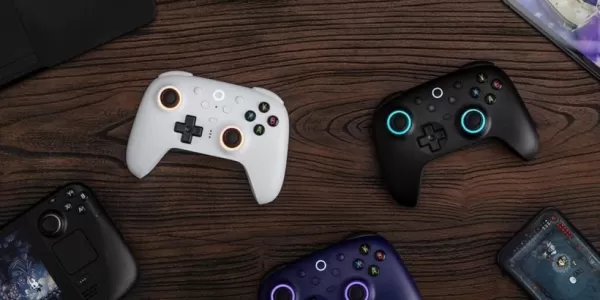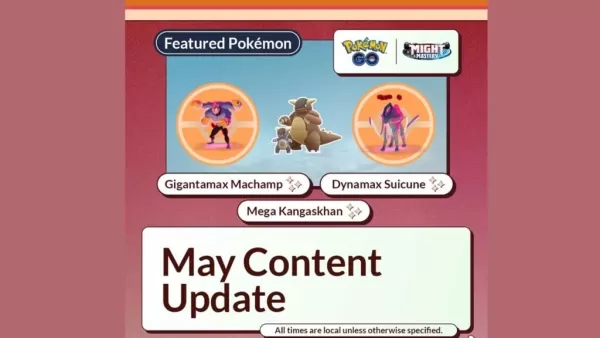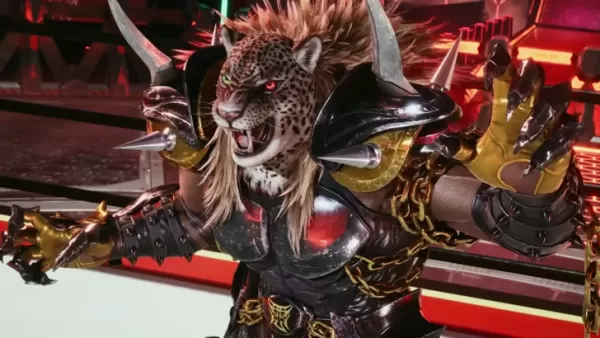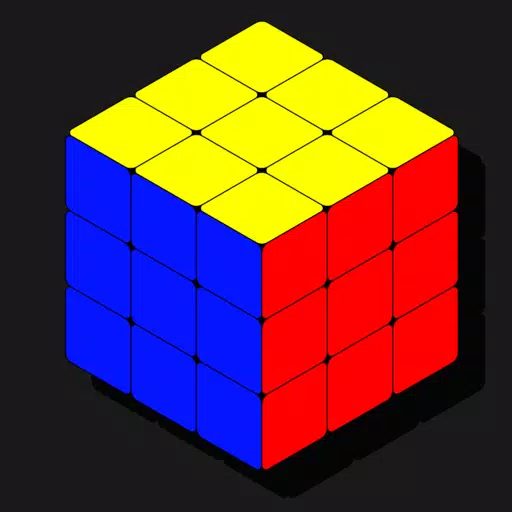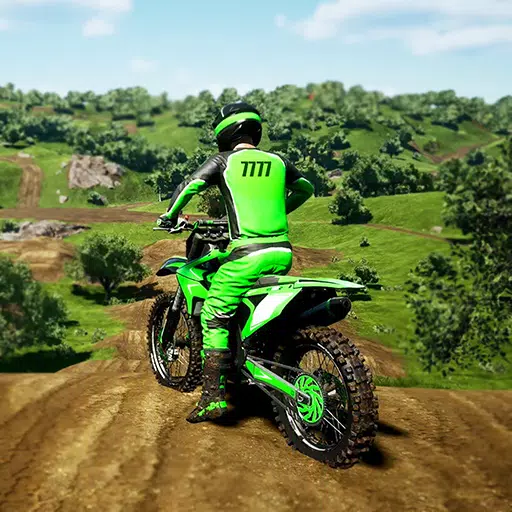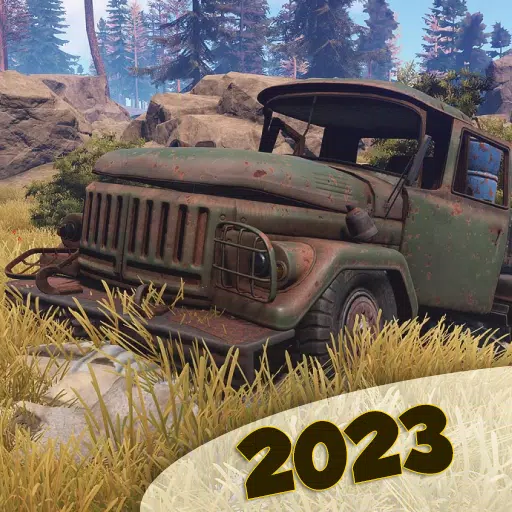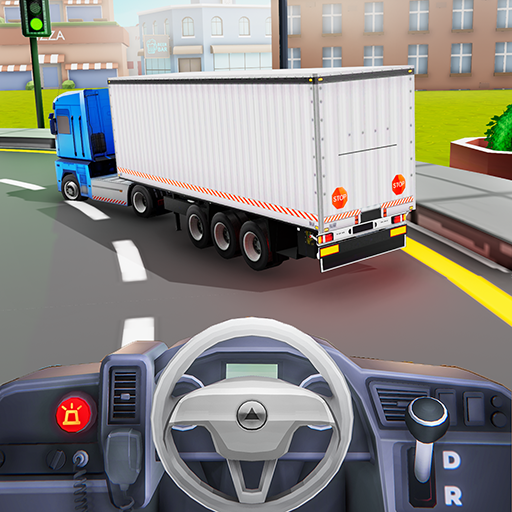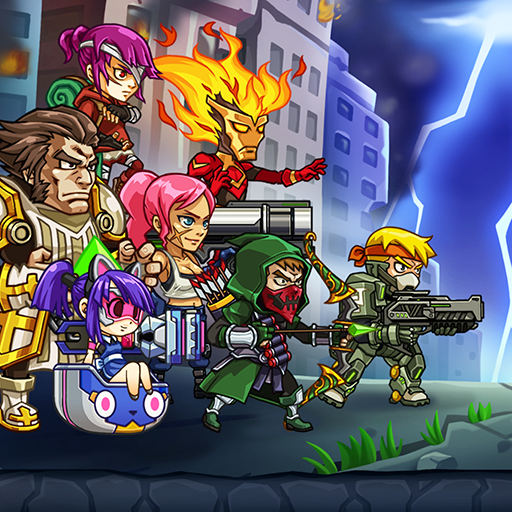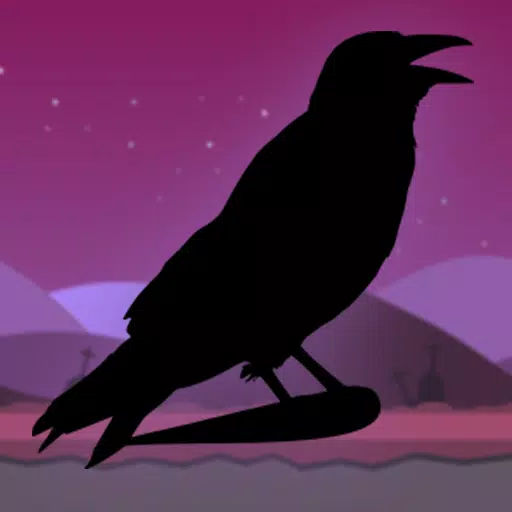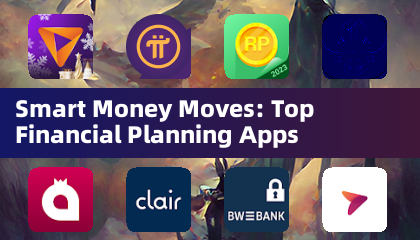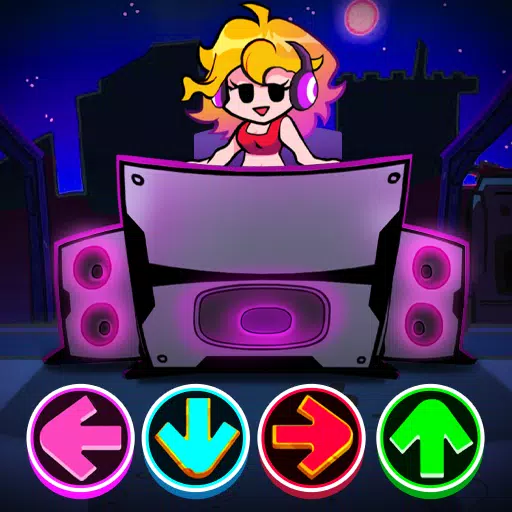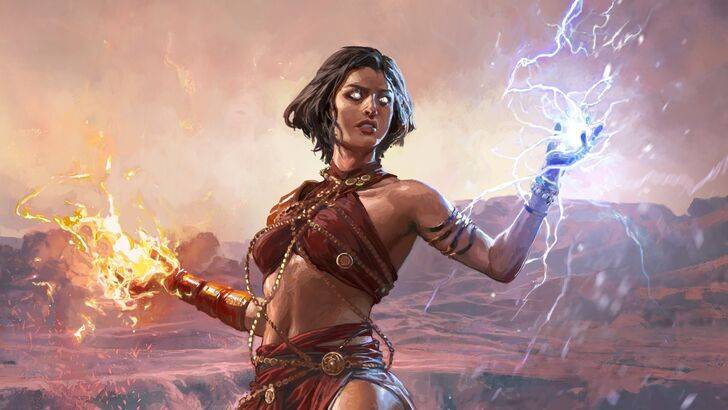
Path of Exile 2’s game director, Jonathan Rogers, has revealed that new character classes will no longer be the central focus of future major updates. Instead, the development team is shifting its approach to deliver more consistent and timely content. Dive into the reasoning behind this strategic pivot and what it means for the future of the game.
Path of Exile 2: New Classes Won’t Anchor Every Patch
Expect More Ascendancies Moving Forward

In a recent Q&A, Game Director Jonathan Rogers clarified that players should not anticipate a new class with every major patch. While the team initially aimed to introduce a class per expansion, they’ve since realized that anchoring a patch to a new class creates unpredictable delays.
Rogers explained, “I would like it if every release would have a class, but we learned that making a class the centerpiece of an expansion’s development was a mistake.” The development of the Huntress for the Dawn of the Hunt patch exemplified this issue—because the class was a fixed requirement, the release date had to shift repeatedly.
“We had to have the Huntress in the next patch, so the date had to float. As a result, the expansion took much longer than planned,” Rogers noted. This flexibility in scheduling disrupted the team’s ability to maintain a steady update cadence.
He emphasized the importance of predictable release cycles: “While I’m eager to include a class in the next expansion, I can’t promise it—because doing so would mean sacrificing a fixed release date.”
Given the unpredictable nature of class development, the team is moving away from tying major patches to new classes. Rogers acknowledged player demand for consistent progress: “Players want to see forward momentum. They don’t want to wait six to nine months between big updates.” To meet this expectation, the team will prioritize reliable, frequent content drops over class-centric releases.
That said, new classes aren’t off the table permanently. Rogers confirmed that additional Ascendancies will be introduced in every upcoming patch, and he remains enthusiastic about expanding the class roster even after Early Access concludes. “Ascendancies—we can definitely deliver. And yes, even post-launch, we plan to keep adding more classes. I’m absolutely keen to grow the roster,” he said.
Path of Exile 2: Dawn of the Hunt Reshapes Endgame
A Harder, More Rewarding Climax
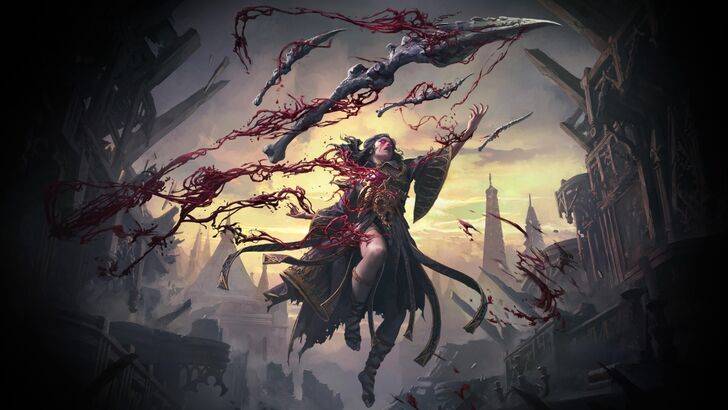
The Dawn of the Hunt update isn’t just about the Huntress—it brings over 100 new skills, support gems, and unique gear designed to revamp both midgame and endgame progression. At the heart of these changes is Grinding Gear Games’ goal to make endgame bosses significantly more challenging.
Rogers admitted that some builds have trivialized endgame content far too quickly. “There are definitely mechanics that need nerfing because they’re completely breaking the game,” he said. “Players are reaching peak power too early—before they’ve even finished their initial progression arc.”
He expressed disappointment when top players defeated Pinnacle Bosses in just 14 seconds due to overpowered builds. His vision? A first-time boss fight that feels intense and demanding. “The first time you face a Pinnacle Boss, it should be a brutal, chaotic battle. But after optimizing your gear and build, you can eventually solo it in seconds—just not on your first attempt.”

The upcoming balance changes aim to slow down the power curve, ensuring players earn their dominance. “You should absolutely reach that fantasy of being overpowered—but not right from the start,” Rogers emphasized. “That’s where most of our tuning efforts are focused.”
Game Director Praises Path of Exile 2’s “Ruthless” Difficulty
It’s Not Easier—You’re Just Better
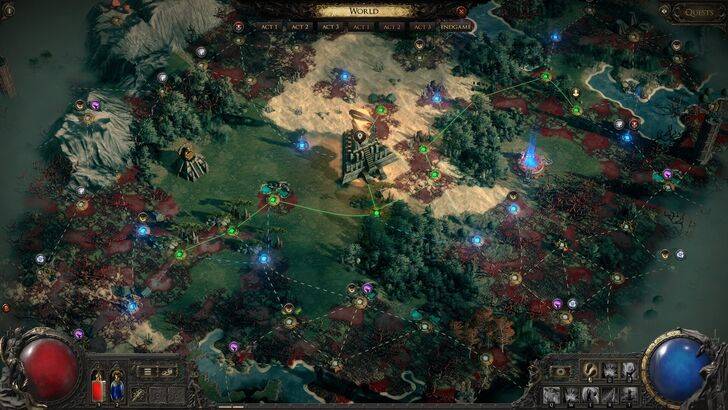
The campaign’s difficulty has sparked mixed reactions, with some players calling it too easy and others finding it brutally tough. Rogers stands by the current design, confident that player perception will evolve over time.
He believes many early critiques come from veterans of the original Path of Exile who haven’t fully adapted to the new game’s mechanics. “I don’t think we’ll get nearly as many complaints this time,” he said. “Once players learn the systems, the experience becomes much smoother.”
Rogers pointed out a common pattern: “Players often return for a second run and assume we changed the balance—when in reality, they’ve just gotten better.” This natural progression is exactly what the team wants: a challenge that feels fair once mastered, but demanding at first.
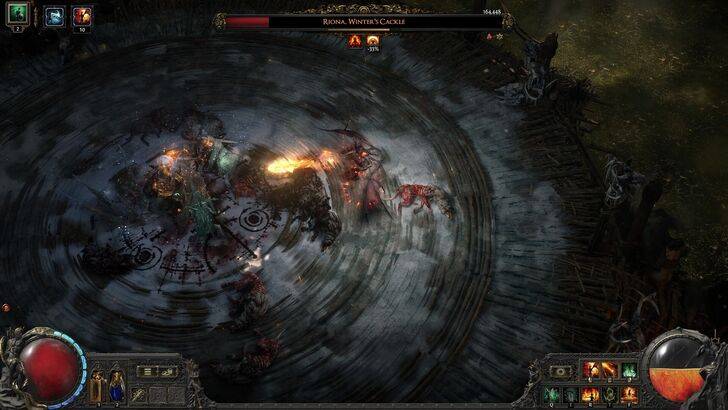
While the team remains open to feedback, Rogers is optimistic that the current difficulty curve will resonate as players adapt. “If we do need to adjust, we’ll have the data to do it right. But I believe this time, the balance will hold.”


